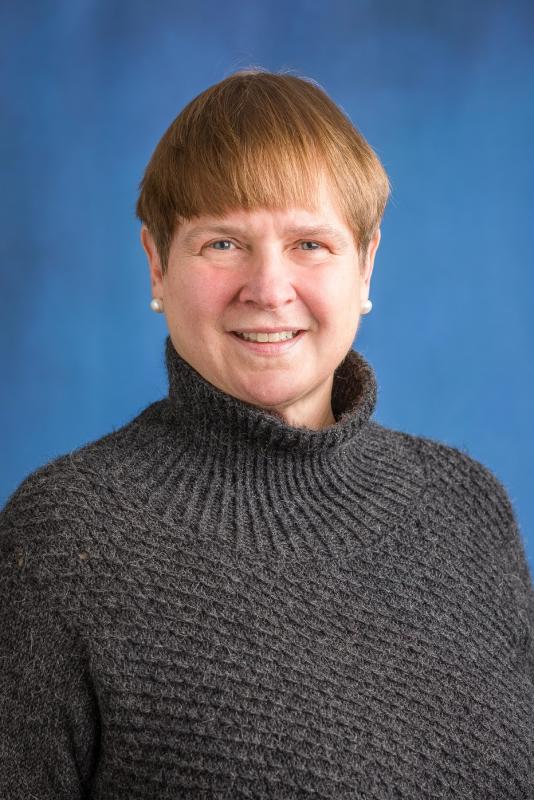Retirement Planning for Women: Understanding the “Bag Lady” Syndrome
Challenges can be different for women planning for retirement than those facing male counterparts. The phenomenon of women envisioning themselves as elderly “bag ladies” is based in very realistic concerns. But with proactive planning, beginning in early adulthood, women can take control and realistically envision economic security for their retirements.
A persistent wage gap in many fields has put women at a disadvantage in several ways: Because women earn less, women generally have less they can set aside for retirement after paying current living expenses during the accumulation years (when in the workforce). According to 2021 data on Payscale.com “The average amount of money earned by women throughout their career is $850,000 less than that of men.”
Compounding the disadvantage, women spend a greater amount of time out of the work force, typically related to child and other family care roles. On average, women spend 44% of their adult life out of the workforce compared to 28% for men. This can significantly add to women’s disadvantage at saving to prepare for retirement years, as well as exacerbating their diminished social security participation.
According to Brookings.edu (July 2020) How does gender equality affect women in retirement?:
Caregiving provided during women’s 20s and 30s, when careers are formed and when age-earnings profiles are relatively steep, creates career-long earning losses. One study found that a woman with one child earns 28 percent less on average over her career than a woman without children, partially as a result of time out of the work force. (In sharp contrast, becoming a father typically does not reduce a man’s earnings.) Each additional child reduces average women’s earnings by another 3 percent. Women are also more likely than men to care for their aging parents—a responsibility that predominantly falls on women over the age of 50. People who leave the labor force early to care for a parent or other elderly relative lose an average of $142,000 in wages.
The wage gap and time out of the work force also results in women generally earning a lower social security benefit than male counterparts. In 2019, the average annual Social Security income received by women 65 years and older was $13,505 compared to $17,374 for men.
Moreover, women tend to live longer than men and thus rely on their retirement wealth for a longer period of time. In 2020, average life expectancy at age 65 is 21.1 years for women and 18.6 years for men…As a result, for a given level of retirement wealth at age 65, women can afford to consume about 7 percent less per year than men to make those resources last as long as they do, according to the Brookings report.
Women fear outliving their spouses. Given greater longevity, that is not surprising They also fear outliving their financial resources.
What can women do to address these issues while a wage gap persists, time out of the workforce and relative longevity impair their ability to earn and build for as secure a retirement as men?
Women tend to put off building a relationship with a financial advisor or delegate that activity to a partner or spouse. Rather than wait until they are in their 40’s or 50’s, women should begin discussing their own retirement planning in their 30’s, to gain a realistic picture of what they can do to plan for retirement. The value of compounded earnings over time add value exponentially to saving early in one’s working years, and a financial advisor can help increase this understanding.
A financial advisor who understands these issues and who also can empathize with what it feels like to have these financial challenges can help to increase financial literacy to empower the kind of decision making that can support more secure retirements.
Working with an advisor to build a plan as early as possible, fine-tuning that plan as the years go by while intentionally saving for retirement can set women on a path to secure retirement, and eliminate the imagined “Bag Lady” for good.
United States
About this blog:

Sarah Ruef-Lindquist, JD, CTFA
Sarah believes sound, thoughtful planning is a gift we give ourselves, our families and our community.
She is a lawyer and seasoned non-profit executive who has worked with dozens of organizations, individuals and families as a philanthropic advisor and senior trust officer. She holds the Certified Trust and Fiduciary Advisor certification and FINRA Series 7 and 66 registrations through Commonwealth Financial Network. Sarah and her husband live in Camden. The Financial Advisors of Allen Wealth Management are Registered Representatives and Investment Adviser Representatives with/and offer securities and advisory services through Commonwealth Financial Network (R), Member FINRA/SIPC, a Registered Investment Adviser. Allen Insurance and Financial, 31 Chestnut Street, Camden, ME 04843. 207-236-8376.




















